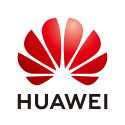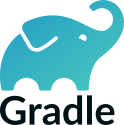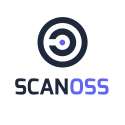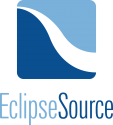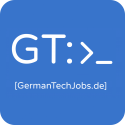What happens when Eclipse modeling members join forces to make a new generation of tools a reality?
In the last few decades, modeling tools have demonstrated their usefulness in mastering complexity and designing increasingly constrained systems, but let's project to the next 5 or 10 years: challenges are growing, user expectations are increasing, new standards are appearing, agile collaboration, and deep integration to other tools are a must...
Obeo and the CEA are joining forces, experience, and technologies to enable a new generation of modeling tools. In this long-term collaboration, a first major milestone emerged with Papyrus Web: the first Eclipse OSS web modeling tool for the UML standard. It's all part of the Eclipse projects, based on Sirius Web, and accessible to the community.
This talk will start presenting the results of one first year of efforts by these two members of the Eclipse Modeling ecosystem through demos of the open-source product. The audience will discover the first Sirius Web-based modeler supporting UML2: a standard with a high level of abstractness and complexity. They will get the chance to experience how these new technologies improve productivity by providing instant adoption and collaboration, allowing teams to work together more efficiently on complex projects.
We'll focus on several key features for the user experience, including graphical representation, property views, elements creation, and editing, among others. These features developed for Papyrus Web can be leveraged for any other Sirius Web tool.
We will also cover all the key technologies leveraged in this project, how we transitioned some of them into the web, and how this opens up a complete and vibrant ecosystem around Spring and React.
We'll illustrate with proof of concepts how this first milestone enables innovation by providing a platform for augmented engineering and AI, allowing developers to explore new possibilities and push the boundaries of what's possible. We'll also discuss areas that need more research and what is possible right now.
Finally, we'll share our common roadmap and how "building an open-source SysmlV2 graphical modeler" plays a major role in it and how interested parties can get involved.
Attendees will leave with a better understanding of how Sirius and Papyrus are transforming engineering tools in the web and how they can leverage these tools to improve productivity, enable innovation, and work more efficiently on complex projects.
